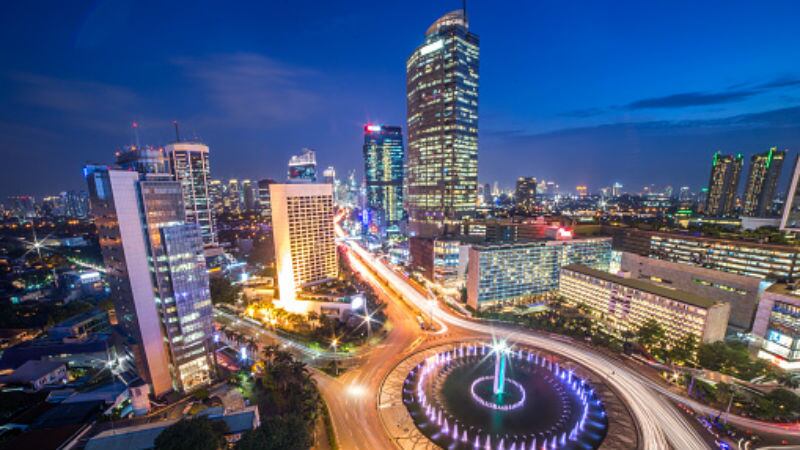According to Indonesian Food and Beverage Industry Association (GAPMMI) Chairman Adhi Lukman, the F&B industry will be a key driver of the country’s economic development, especially in terms of processed food and beverage products.
“Indonesia’s aim to become the fourth largest world economy is mission possible, [especially] with Indonesia 4.0,” he said while addressing the audience during the Halal Perspective in ASEAN Country panel held as part of the recent Fi Asia Thailand 2019 show in Bangkok.
“There exists a huge opportunity for the food industry here - Indonesia has the world’s fourth largest population of 261.9 million as of June 2017, and a growth rate of some 1.34%, and 49.1% of expenditure here is attributed to food.”
According to data from the International Monetary Fund (IMF) and PriceWaterhouseCoopers (PWC), Indonesia is projected to become the fourth largest economy (based on GDP) in the world by 2050, behind China, India and the United States.
“Indonesia’s GDP grew 5.17% year-on-year in 2018, [and] the average monthly expenditures by both urban and rural consumers were dominated by food (49.5% in total) – commodity-wise, processed foods and beverages took the largest slice of the pie at 33.98%,” said Lukman.
The Indonesian food industry also demonstrated a respectable growth of 7.91% in 2018, contributing 6.25% overall to the country’s total GDP. This total GDP contribution percentage has been continuously on the rise since 2014 when it was recorded as 5.32%.
“F&B exports are also very important – In 2018 Indonesia’s top export destination was China (13%), followed by India (13%) and the United States (11%),” said Lukman.
“When it comes to semi-processed and processed foods, based on trade balance data from Statistics Indonesia and the Ministry of Trade, there is huge export potential to be explored with Thailand from within the ASEAN region, as well as China and Australia within the Asia Pacific region.
“Innovation is a must – at present the food industry is still dependent on imported raw or semi-processed materials, [and it is important to look at] added value production.”
Indonesia 4.0
Within the ‘Making Indonesia 4.0’ roadmap launched by Indonesian Prime Minister Joko Widodo last year, the food and beverage industry was listed as one of the top five sectors that the government will place high priority on developing, along with the textile and garments, automotive, electronics and chemicals industries.
Multiple initiatives have been put into place as part of this roadmap, for example the Indonesian Food Innovation Centre (IFIC) which aims to act as a hub to help in innovating Indonesia’s food value chains.
“The IFIC also wants to act as an enabler, as a bridge between the government and the multiple food industry related organisations such as the standards agency, training and educational agencies, R&D agencies and universities, and more throughout the food value chain such as food manufacturers,” said Lukman.
“[The] industry must be smart to anticipate the changes in economic models and consumer demands – companies especially will need to adapt in this ‘change or die’ situation.
“[Here], disruptive technology, innovation, human capital, and government regulations [will] all play an important role.”
Halal industry opportunities
With the Muslim population worldwide standing at 2.14 billion people as of 2018, Lukman added that the opportunities to be found within the halal industry were also very significant, both in Asia and worldwide.
“Indonesia has one of the largest Muslim populations in Asia at 233.38 million people making up 88% of the population – this is second only to India 274.26 million, but which makes up only 20% of the total population,” he said.
“[Looking at this], the halal food industry is expected to hit US$1.9tn by 2023 according to the Global Islamic Economy Report, [and] there are many opportunities as yet untapped.
“For example, in the United States, Muslims are spending US$16bn a year on kosher products are halal products are not available – there are 86 kosher products for every one halal product on supermarket shelves. Wouldn’t these consumers prefer to buy halal products instead?”





